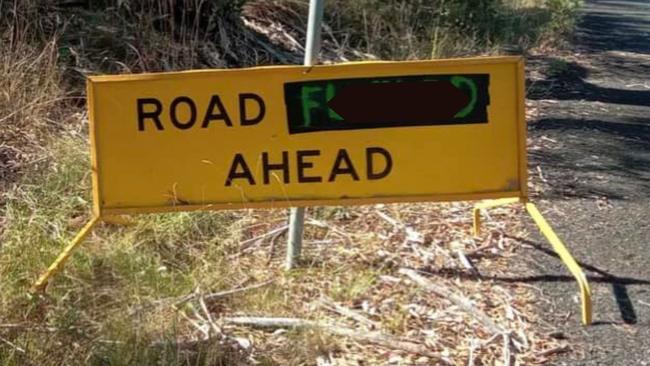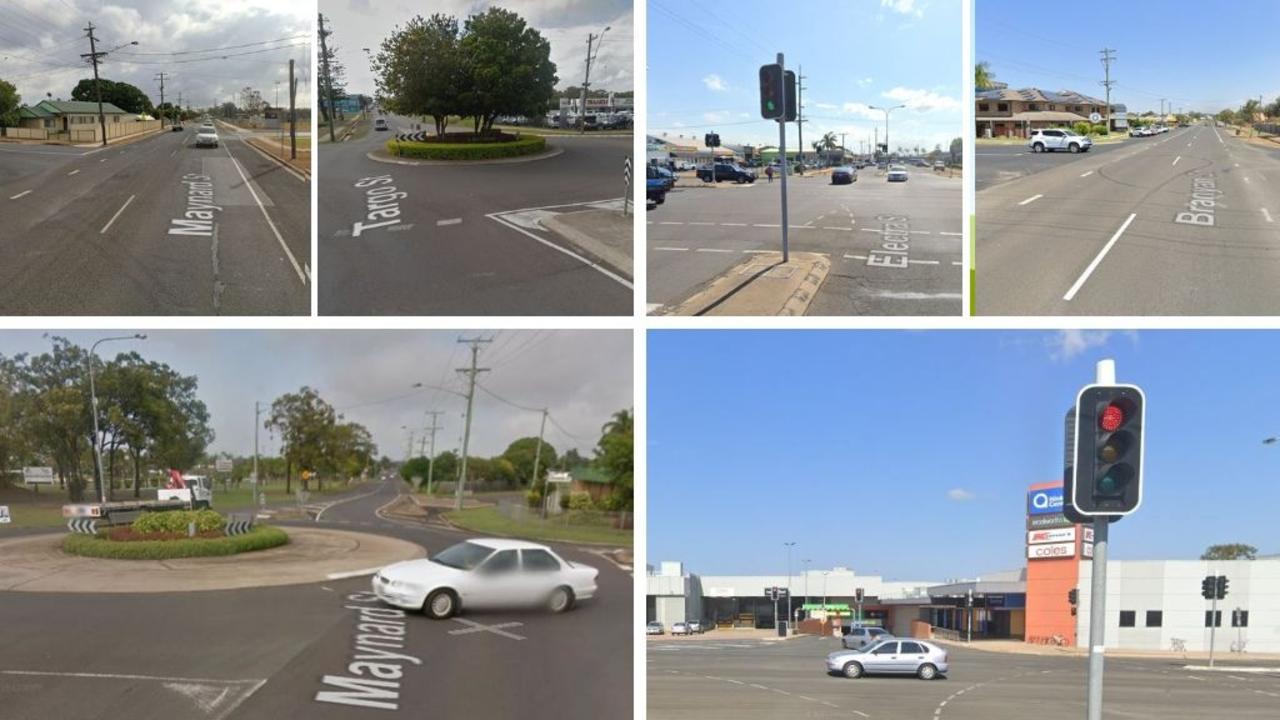Queensland regional drivers over-represented in road fatalities
The nation’s peak motoring body Australia Automobile Association has joined the chorus calling for better rural roads with new figures showing the huge divide between driver fatalities on regional and city roads.

Community News
Don't miss out on the headlines from Community News. Followed categories will be added to My News.
New figures from the Australian Automobile Association paint a grim picture of regional roads with drivers outside the state’s city centres three times more likely to die than metropolitan drivers.
The new statistics come hot on the heels of a February Wide Bay Burnett News Corps masthead campaign to highlight the dire conditions of the region’s roads and the risk they pose to residents’ daily or weekly commutes.
Those risks have had devastating consequences.
Transport companies revealed the shocking hidden impact of the Wide Bay and Burnett’s most poorly maintained stretches.
A grieving mum opened up about a crash that claimed her daughter’s life and what could have saved her.
Residents demanded change along Tin Can Bay Rd after a tragedy they feared would happen sadly did, with the death of a beloved 14-year-old schoolboy.
Near Curra a father was forced to become a hero by rescuing a toddler from a wrecked car, while Goomeri residents name and celebrate pothole birthdays, and Bruce Hwy drivers grapple with an horrific summer of fatalities and crashes on regional roads along a 20km death strip Gunalda and Bauple.
Now the peak motoring body AAA has joined the call for better road safety measurements, and better data availability.
“In 2023, Australia is unable to quantify the extent of road trauma, or the effectiveness of interventions being deployed to reduce it,” an AAA spokesman said.
It says the National Road Safety Strategy 2021-30 was agreed to by all Australian governments in 2021, with 2030 targets including cutting fatalities by 50 per cent, zero deaths of children 7 years and under, serious injuries reduced by 30 per cent, zero deaths in city CBD areas, and zero deaths on all national highways and on high-speed roads covering 80 per cent of the network.
Senator Susan McDonald shared the AAA’s call for better state-based crash-cause data – including if road conditions are factors – to be collated and shared nationally so federal road funding could be better targeted at regional Australia.
“Road fatalities and injuries in regional Australia are over-represented, and when you look at the state of regional roads, there is strong evidence road conditions are a contributing factor to this death rate disparity,” Ms McDonald said.
“The Federal Infrastructure Minister should implement a uniform national crash data system – including road conditions as a causative factor.”




